
READ MORE
Good customer experiences bring your brand promise to life—meeting real needs and creating purposeful, consistent interactions. That’s what we deliver. The result is stronger bonds, deeper emotional connections, and experiences that keep your customers coming back. Because when they feel seen, valued, and understood, your relationships grow—and so does your brand.
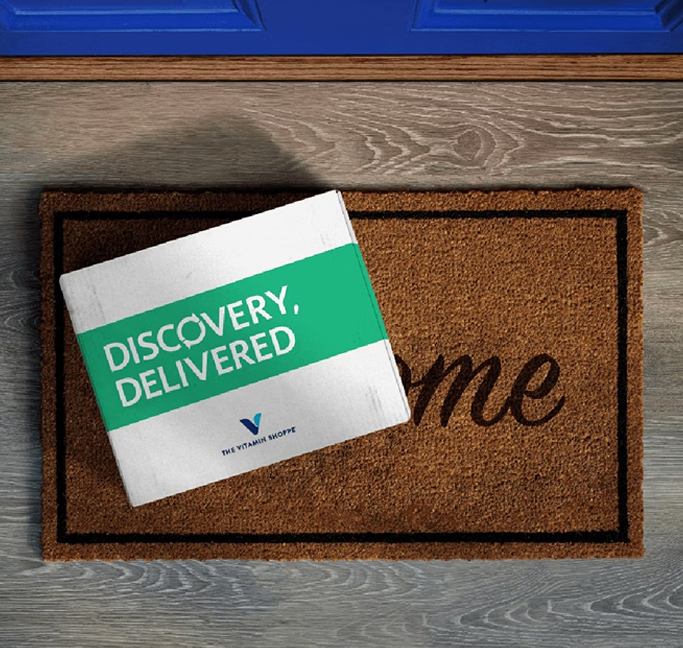
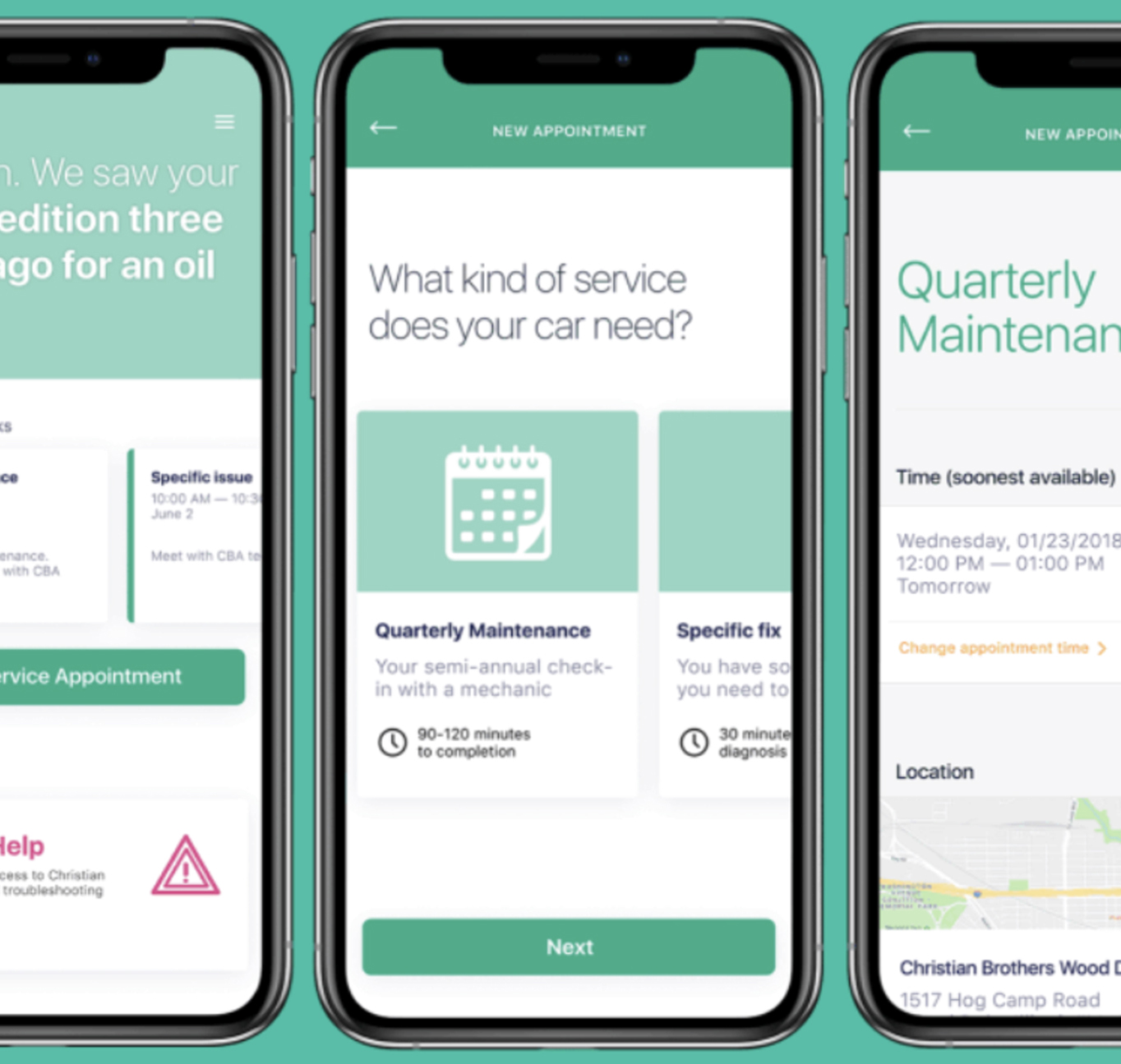
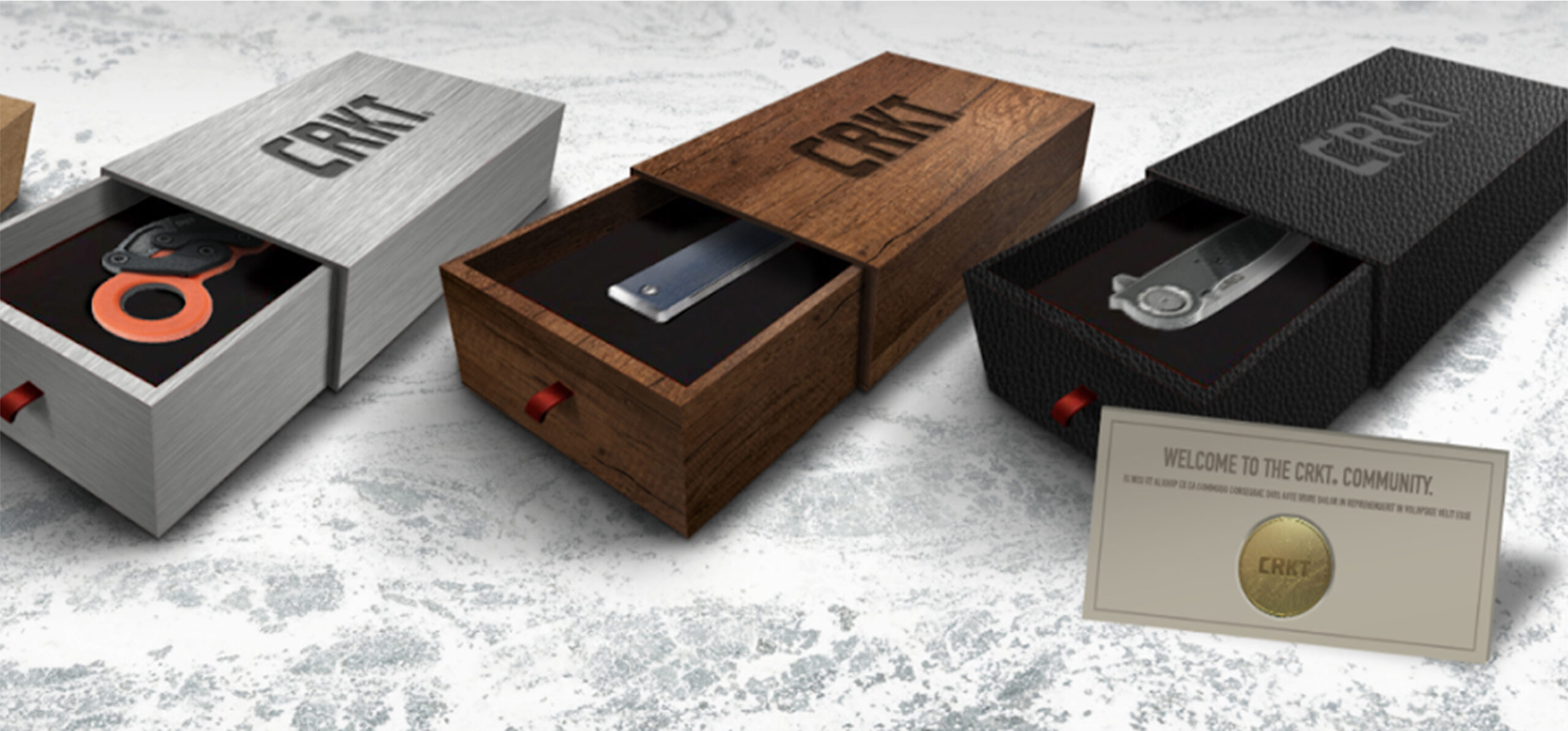

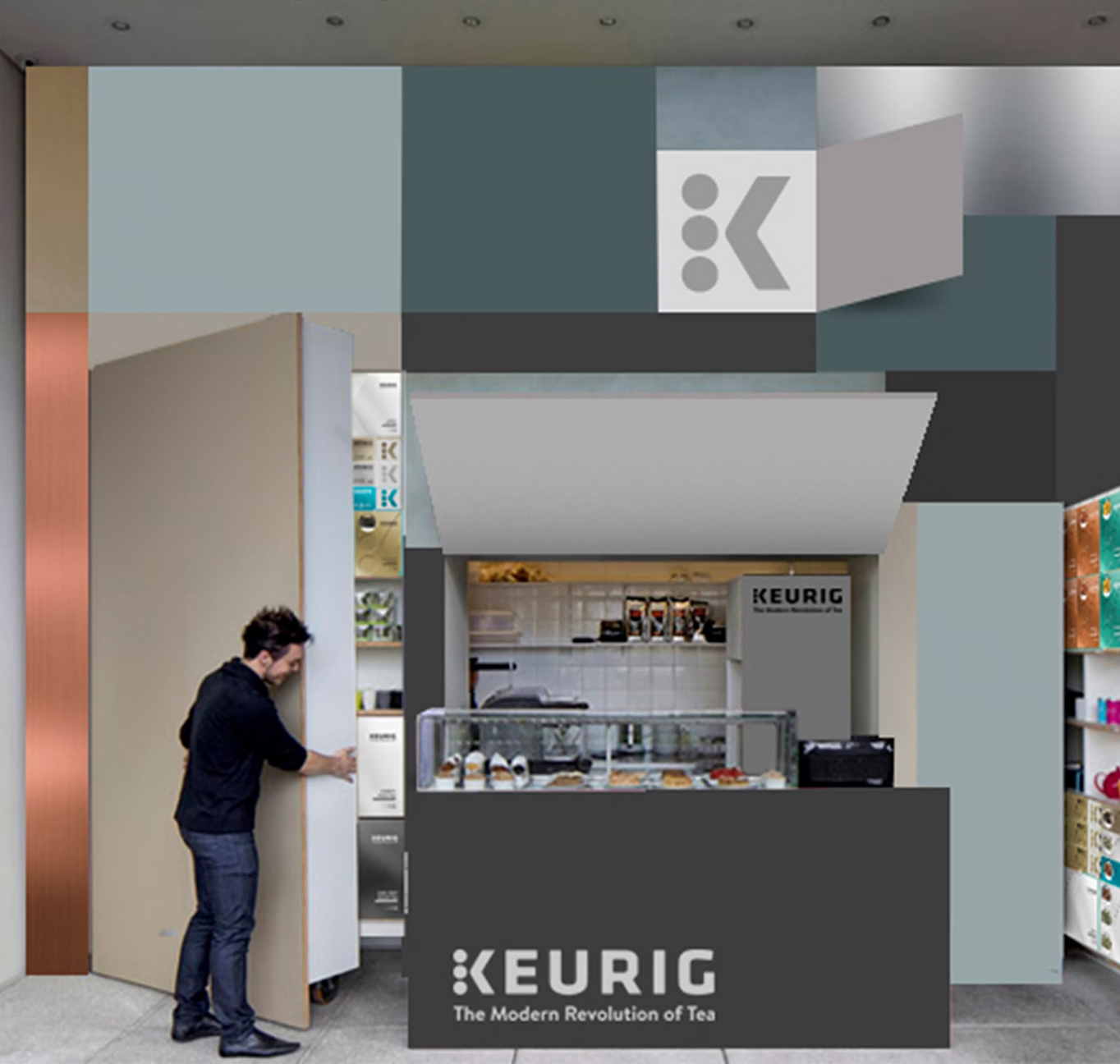
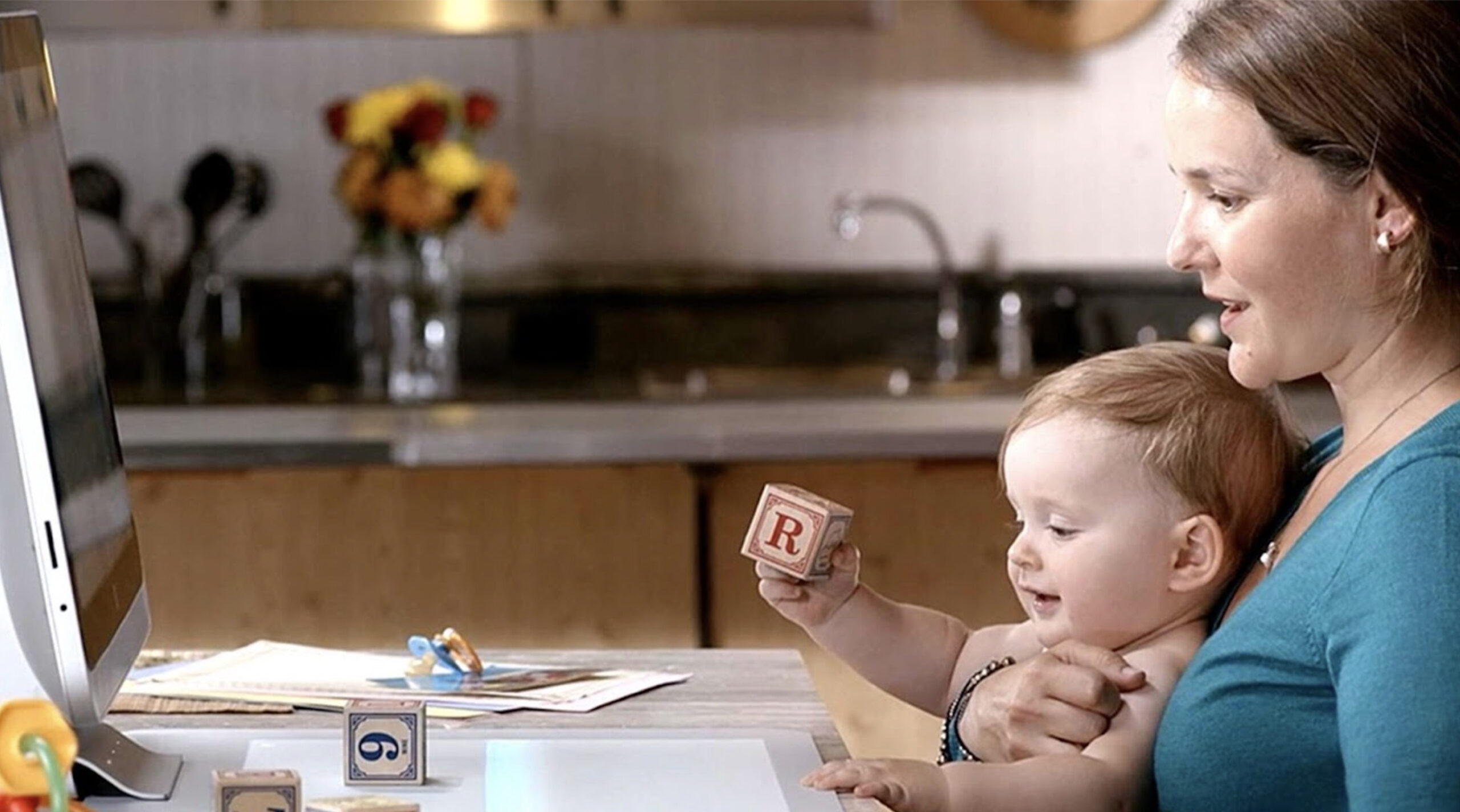

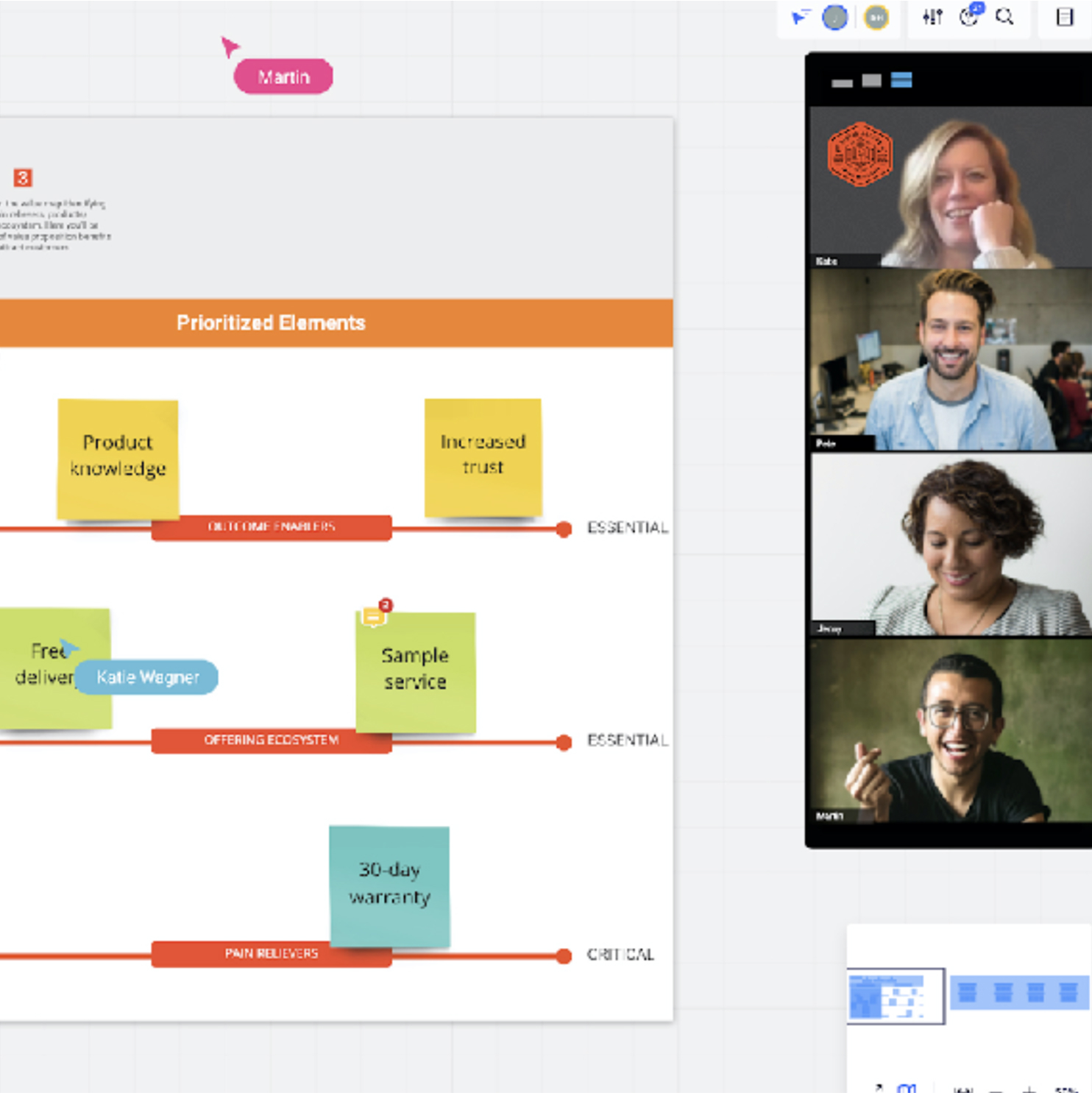

We use cookies. By using our site you agree to our Cookies Policy.
Notifications